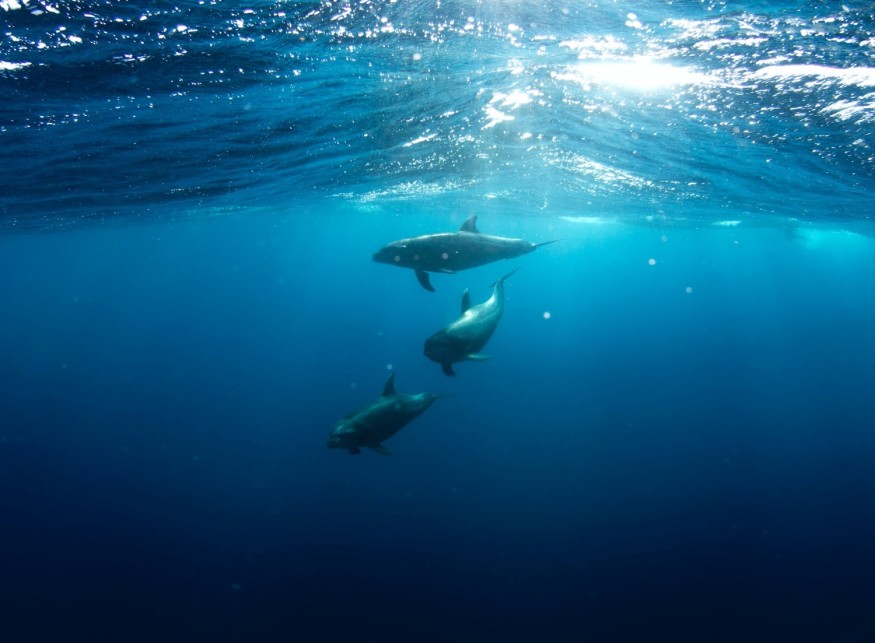Vaquita porpoises (Phocoena sinus) in the Gulf of California or Sea of Cortez are facing an undeniable threat that could lead to their extinction or further population decline. With this, marine authorities have issued an extinction alert to highlight their current conservation status and protect them from gillnet fishing. In recent years, the world's smallest living cetaceans remained resilient. However, it is not clear if they could bounce back from near extinction.
The vaquita is only endemic in the northern end of the waters off Baja California, Mexico. Due to the threat of gill entanglement in fishing gear, authorities have imposed a ban on gillnet fishing in the area. Yet, international conservationists are calling for further action to ensure the absolute protection of marine mammal species.
Extinction Alert

In a news release on Monday, August 7, the International Whaling Commission (IWC) issued its first ever 'vaquita extinction alert,' stating the said marine animal, found only in the northern Gulf of California is in the edge of extinction due to gillnet entanglement. This is despite almost 30 years of repeated warnings, the statement adds.
The extinction alert does not entail that the total annihilation of the remaining vaquita population is inevitable. With only 10 of the porpoises remaining, the IWC still believes there is a chance of recovery for the animals if there will be 100% enforcement of a ban on gillnets, especially in their core habitat.
Vaquita is Critically Endangered
From an approximate population of 570 in 1997, the endangered vaquita population plummeted to 10 in 2018, which remained somehow constant since then, says the commission. The current number of the porpoises appeared to be influenced possibly by increased implementation of gillnet bans and net removals.
The vaquita porpoise is Earth's most endangered marine mammal, according to the non-profit organization Porpoise Conservation Society. P. sinus, as a species, has been classified as "critically endangered" by the International Union for Conservation of Nature (IUCN). In 2005, the Mexican government ordered the protection of the sea creatures within its borders.
Gillnet Entanglement
As mentioned earlier, gillnet entanglement is the leading cause of vaquita porpoise deaths as they can also be caught by fishermen, even unintentionally.
Gillnet fishing is a method that uses gillnets as a vertical netting hanged in the water column and it is typically made of multifilament nylon or monofilament, according to the NOAA Fisheries.
The gillnets are designed to allow fish to only squeeze their head through the nets but not the rest of their bodies. Once the fish passes through, its gills are also caught in the mesh as they attempt to back out from the net. The more the fish struggles, the more it becomes entangled, the said U.S. government agency explains.
Aside from gillnet entanglement, other fish species and marine animals have died from the use of explosives while fishing, plastic and toxic pollution, and ocean warming.
© 2025 NatureWorldNews.com All rights reserved. Do not reproduce without permission.





